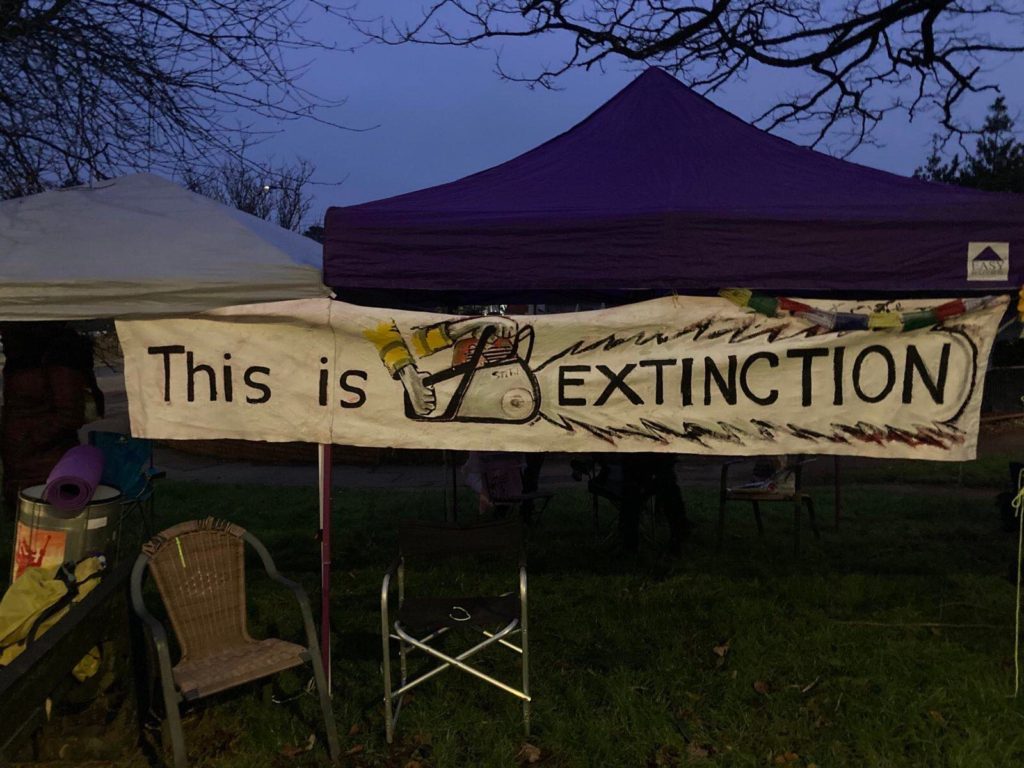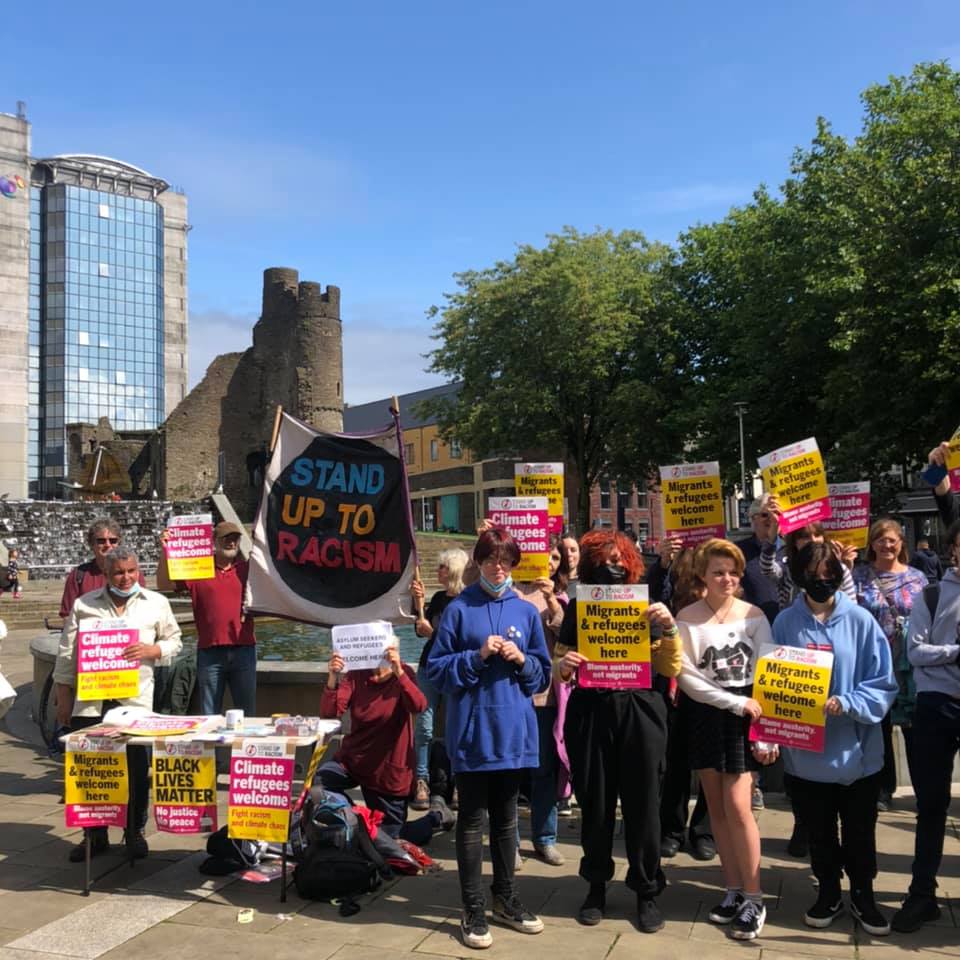
Veteran Eco-Activist Swampy Joins Protests Against Cardiff Meadows Destruction
The environmental activist known as Swampy, who became a household name in the 1990’s after he spent a week in an underground tunnel in a bid to prevent expansion works on a road in Devon, has joined efforts to prevent the destruction of the Cardiff Northern Meadows.
Swampy – real name Daniel Hopper – is from Carmarthenshire and has joined locals trying to halt the destruction of the meadows on several occasions since the end of last year.
Asked by Wales Online why he was joining the action, the veteran activist said:
“Because there’s an act of ecocide happening on the meadows and basically this building [the new cancer centre] could be built over there on the old hospital site.”
“There’s plenty of other options and they’ve decided to go for the cheapest, and we can’t put up with these ecocide projects anymore.”
Members of the local community and the group Extinction Rebellion have been attempting to block preparation work since the end of last year, forcing it to be delayed.
On Monday morning, community members set up a ‘Nature Emergency Community Camp’ to stop the felling of 350 trees and the decimation of natural habitat as part of the clearing work by Velindre University NHS Cancer Trust.
Speaking as police dragged protesters off the road, one activist said that even though he knew developers would keep coming back, protesters were “prepared for every day to be the same” and would keep going.

The protests are over the future of the Cardiff Northern Meadows site, a large area of mature trees, grassland and wildlife habitat. The area is being cleared to make way for the construction of a new cancer centre next to the existing one, with work being overseen by Velindre University NHS Trust, who also run the existing centre.
Protesters say they don’t oppose a new cancer centre, but say there are other more suitable sites for it. Over 160 cancer specialists and clinicians also wrote to the Welsh Government in 2021, saying that a new centre should not be built on the meadow, but would be safer if it was closer to the emergency services at the nearby Heath hospital instead.
Environmentalists also say that destroying the meadows, a rare area of wildlife in an otherwise built up area of the city near the M4 motorway, would “cause an environmental disaster for Cardiff and South Wales.”
They say the development threatens biodiversity, will add to air pollution near a local primary school and increase the risk of flooding. Over 1000 people have also signed a petition calling for Forest Farm Nature Reserve trees to be protected from development.
Last week, Velindre University NHS Trust announced it was seeking an injunction against protesters from the High Court. A campaign spokesperson told voice.wales that they had faced regular intimidation, including the presence of two men who constantly film people without explanation.
But campaigners have also hit out at the Welsh Government, who they say cannot on one hand declare a climate emergency whilst also allowing the destruction of important woodland and natural habitat to go ahead.
The work is set to cost £500 million and will be funded via the Mutual Investment Model (MIM)l, a type of private finance initiative. MIM was developed by the Welsh Government and is described as giving contracts that will “see private partners build and maintain public assets” and the taxpayer will “pay a fee to the private partner, which will cover the cost of construction, maintenance and financing the project.”
At the end of the contract and after the private firm has covered its costs and made a profit, “the asset will be transferred into public ownership.”
Welsh Labour health minister Eluned Morgan MS recently approved the business case for the work, releasing £26.9 million of Welsh Government grants for the enabling works.
Campaigners branded the sum “a huge affront to the patients who have had to relocate due to the Welsh NHS denying them lifesaving cancer treatment because of cost constraints.”
Protesters say they will continue to resist the development.



1 Comment
Comments are closed.